
Biochar helps hold water, saves money
Biochar’s benefits for long-term storage of carbon and nitrogen on American farms are clear, but new research from Rice University shows it can help farmers save money on irrigation as well.

Biochar helps hold water, saves money
Biochar’s benefits for long-term storage of carbon and nitrogen on American farms are clear, but new research from Rice University shows it can help farmers save money on irrigation as well.
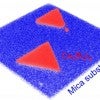
Odds are good for unique 2D compound
Rice University engineers make 2D materials for valleytronics, a platform for information processing and storage that relies on the manipulation of electrons’ positions in energetic “valleys.”
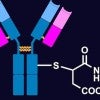
Targeted tumors attack not-innocent bystanders
Antibody-drug conjugates developed are found to attack not only targeted tumor cells but also nontargeted “bystanders.”
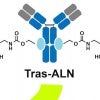
Drug doubles down on bone cancer, metastasis
Researchers at Rice University and Baylor College of Medicine develop an antibody conjugate called BonTarg that delivers drugs to bone tumors and inhibits metastasis.
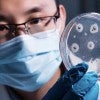
Enzyme from fungi shows molecules which way to turn
A small fungal enzyme could play a significant role in simplifying the development and manufacture of drugs, according to Rice University scientists.
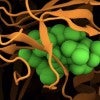
Rice, Rutgers developing inhalable COVID-19 vaccine spray
Scientists at Rice and Rutgers developing two COVID-19 vaccine strategies that do not require cold storage, one of which can be inhaled.
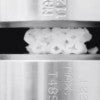
Soft shell makes hard ceramic less likely to shatter
Coating ceramic schwarzites, 3D-printed lattices, with a thin polymer helps keep them from shattering under pressure.

NIH grant will help streamline chemical synthesis
Rice University chemist Julian West has won a five-year, $1.8 million National Institutes of Health grant to advance his lab’s efforts to simplify the synthesis of organic chemicals.
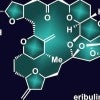
Reversal speeds creation of important molecule
A Rice lab’s reverse approach to making halichondrin B is the shortest route to a “rather complex and important molecule."
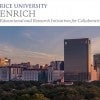
Six Rice-TMC research teams earn seed grants
Rice's Educational and Research Initiatives for Collaborative Health has announced six seed grants for research collaborations between faculty from Rice and the Texas Medical Center.
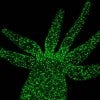
Keck backs Rice bid to ‘build a brain’
A $1 million Keck Foundation grant will support work by Jacob Robinson to understand neural pathways.
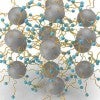
Quantum dots keep atoms spaced to boost catalysis
Rice engineers use graphene quantum dots to trap transition metals for high atom loading in single atom catalysis.
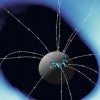
Nightside radio could help reveal exoplanet details
Rice scientists enhance models that could be used to detect magnetosphere activity on exoplanets. The Rice model adds data from nightside activity that could increase signals by at least an order of magnitude.

Lillian Wieland’s freshman-year presentation for the Rice Undergraduate Research Symposium (RURS) “went terribly,” as she recalls it.

Odd angles make for strong spin-spin coupling
HOUSTON – (May 25, 2021) – Sometimes things are a little out of whack, and it turns out to be exactly what you need.